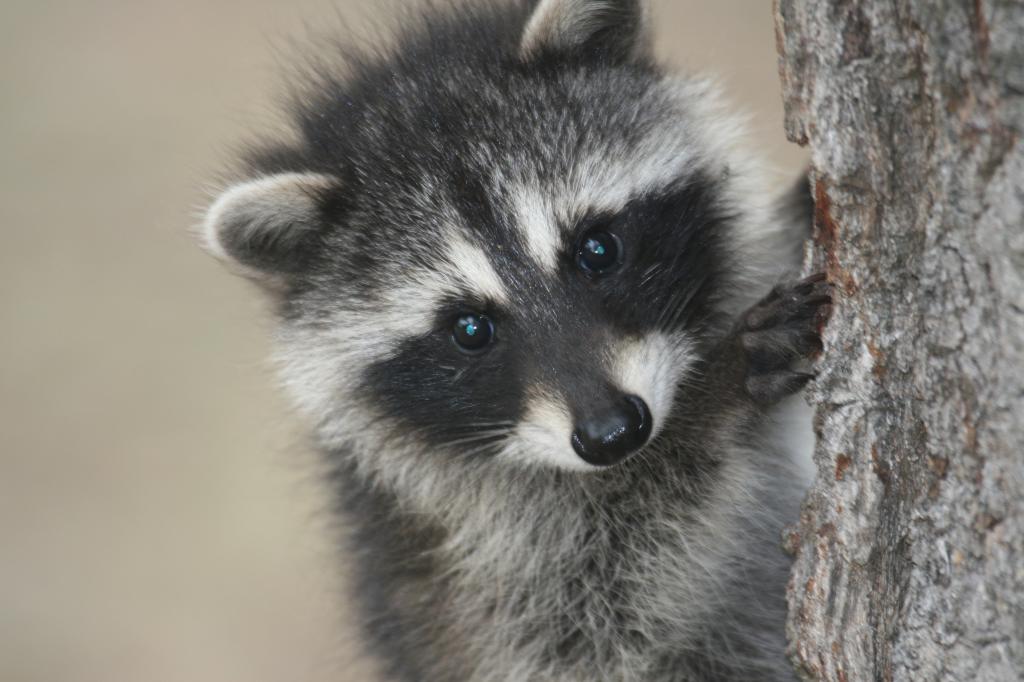|
| Distribution |
Occurs throughout NC, and certainly present in all 100 counties.
Essentially throughout the lower 48 states and southern Canada, south into Mexico. |
| Abundance |
Raccoons are abundant in the Coastal Plain, slightly less so in the Piedmont (i.e., very common), and generally common in the mountains. Note that the iNaturalist website contains photos for more than half of the state's counties, and the editors have not taken the time to update the map with "Photo" records/documentation unless the county had previously no known records (white on the map). |
| Seasonal Occurrence |
Occurs year-round. |
| Habitat |
Raccoons are usually found near water, mainly fresh water -- swamps, lake and pond margins, canals, marshes, and estuary edges. They range into wooded residential areas, even in places well away from wetlands. However, in most areas they are not found in dry habitats. |
| Behavior |
Primarily nocturnal, but at times seen during the day, mainly in cloudy weather. They are usually seen close to water, such as along shores, on mudflats, in ditches and canals borders, marshes, etc. In residential areas, they often raid garbage cans and even take food left out for pets. |
| Comments |
Raccoons have certainly increased across their range, and in NC, in recent decades. Though predators such as Coyote have increased in that period, the increase in open water areas such as beaver ponds and an increase in garbage dumps, residential areas with food, and other sites with food have helped the adaptable Raccoon expand its numbers. |
| Origin |
Native |
| NC List |
Official |
 State Rank State Rank |
S5 |
| State Status |
|
 Global Rank Global Rank |
G5 |
| Federal Status |
|
| subspecies |
Procyon lotor lotor
One or two other subspecies might be present in the state. |
| other_comName |
Raccoon, Northern Raccoon |
| synonym |
|



